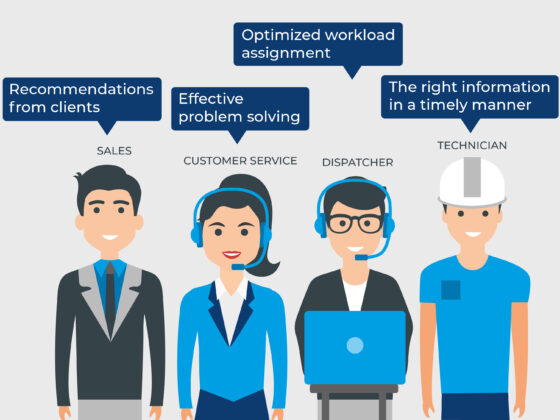In todays digital landscape, cybersecurity breaches are a looming threat. Businesses of all sizes must take steps to protect their networks and data from malicious actors intent on stealing or compromising them. But with the cost of such an attack potentially reaching into the millions, it is essential for organizations to focus on prevention rather than reactively dealing with issues after they have already occurred.
In this article, we will explore why stopping a breach before it happens is key in reducing costs and potential damage caused by cybercriminals.
The Financial Impact of a Cybersecurity Breach
When it comes to the financial impact of a cybersecurity breach, the costs are vast and varied. From lost revenue due to downtime, to reputational damage, direct costs associated with recovery efforts, and potential legal fees; companies must consider all possible outcomes when formulating their security strategies.
Companies should also remember that often times these breaches can be prevented through proper risk management and investing in robust cybersecurity solutions. By taking preventative measures such as educating employees on cyber threats and implementing secure data access protocols businesses will be better equipped to handle any malicious activity or accidental compromise of sensitive information.
Businesses must also factor in the cost of non-compliance which could lead to hefty fines from regulatory bodies if they fail to meet certain industry standards or guidelines set by governing agencies. Ultimately, prevention is key when it comes to mitigating against costly cybersecurity breaches – ensuring your business is protected from every angle is essential for sound financial health long term.
Identifying and Reducing Risk Factors

Identifying and reducing risk factors is the key to preventing a costly cybersecurity breach. Organizations must understand their specific risks and prioritize them in order to successfully prevent an attack. Risk assessment should be conducted on a regular basis, as cyber threats are constantly evolving and require ongoing analysis.
Businesses should review existing security policies, assess potential vulnerabilities, strengthen access controls, and regularly monitor networks for suspicious activity. Additionally, organizations can implement data loss prevention solutions that help identify unauthorized file transfers or system changes before they happen. By identifying potential areas of risk early on, businesses can take proactive steps to reduce the likelihood of a successful attack and limit the impact of any damage caused by one if it does occur.
Developing an Effective Security Plan
Developing an effective security plan is essential for preventing a costly cybersecurity breach. Companies must stay up to date on the latest security trends and technologies, including solutions such as multi-factor authentication and secure cloud storage. A well-rounded strategy should also include regular employee training to educate staff on how to identify phishing scams, maintain strong passwords, and recognize other potential threats.
Additionally, having appropriate backup systems in place can help prevent data loss in the event of a successful attack. Organizations must continuously review their plans to ensure they remain current with best practices and industry standards while still adhering to budgetary constraints.



